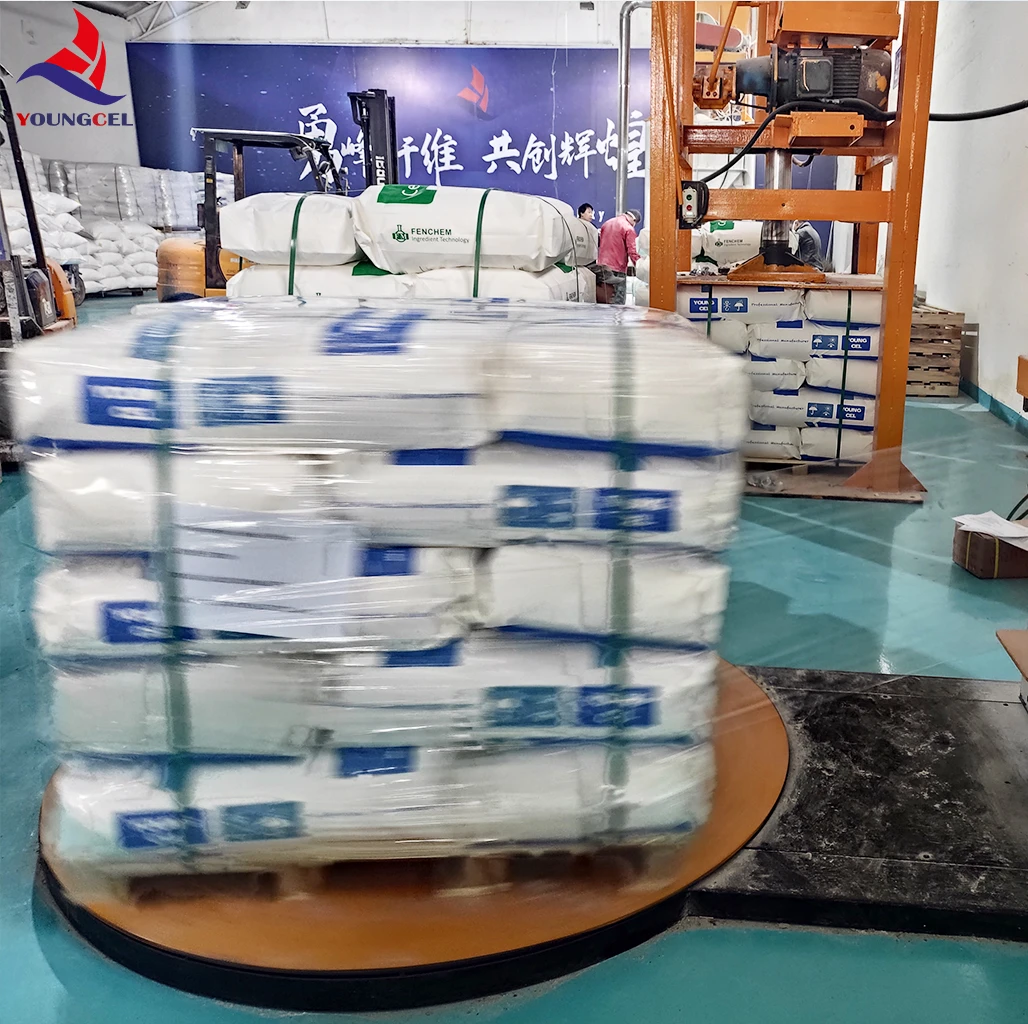The Role of Additives in Cement Mortar
Cement mortar is a fundamental building material that has been used in construction for centuries. Its primary function is to bind bricks, stones, and other building materials together, ensuring structural integrity and durability. However, the properties of cement mortar can be significantly enhanced through the use of various additives. These additives can improve workability, increase strength, reduce permeability, and enhance resistance to environmental factors.
Types of Additives
Additives can be broadly classified into two categories mineral additives and chemical additives
.1. Mineral Additives These are finely ground materials that are mixed with cement to improve its properties. Common examples include fly ash, silica fume, and limestone powder. - Fly Ash A byproduct from coal combustion, fly ash improves the workability and strength of mortar while reducing water demand. It is also known for its ability to reduce the heat of hydration, making it ideal for large-scale construction projects. - Silica Fume This highly reactive pozzolan increases the compressive strength and durability of cement mortar. Silica fume particles are smaller than cement grains and fill the voids between them, leading to a denser and more cohesive mixture. - Limestone Powder Often used as a filler material, limestone powder can enhance the flowability of cement mortar and improve workability without compromising strength.
cement mortar additive

2. Chemical Additives These agents are added in small quantities to control specific properties of the mortar. They include superplasticizers, retarders, accelerators, and air-entraining agents. - Superplasticizers These additives increase the fluidity of the mortar, allowing for easier placement and workability. They are particularly useful in projects that require high-performance concrete, as they reduce the water-cement ratio without compromising strength. - Retarders Used to delay the setting time of cement mortar, retarders are essential in hot weather conditions where rapid setting can pose challenges. They provide more time for mixing, transporting, and placing the mortar. - Accelerators Conversely, accelerators are used to speed up the curing process. They are beneficial in cold weather or when quick strength gain is necessary, enabling faster construction schedules. - Air-Entraining Agents These additives introduce microscopic air bubbles into the mix, which improve the mortar’s resistance to freeze-thaw cycles, enhance workability, and reduce segregation.
Benefits of Using Additives
The inclusion of additives in cement mortar can lead to several advantages - Enhanced Durability Additives improve the resistance of mortar to environmental factors such as moisture, salts, and chemicals, thereby extending the lifespan of structures. - Improved Workability The use of additives can make mortar easier to mix, transport, and apply, reducing labor costs and time on-site. - Reduced Shrinkage and Cracking Certain additives can minimize shrinkage during curing, which helps prevent cracking and enhances the aesthetic quality of the finished product. - Sustainability By incorporating industrial byproducts like fly ash or silica fume, the environmental impact of cement production can be reduced, promoting sustainable construction practices.
Conclusion
As the construction industry evolves, the role of cement mortar additives becomes increasingly important. Innovations in material science continue to yield new additives that cater to specific performance requirements, allowing for greater versatility and efficiency in building projects. By understanding and utilizing these additives, engineers and contractors can significantly improve the performance and sustainability of cement mortar, ensuring safer and more durable structures for the future.




